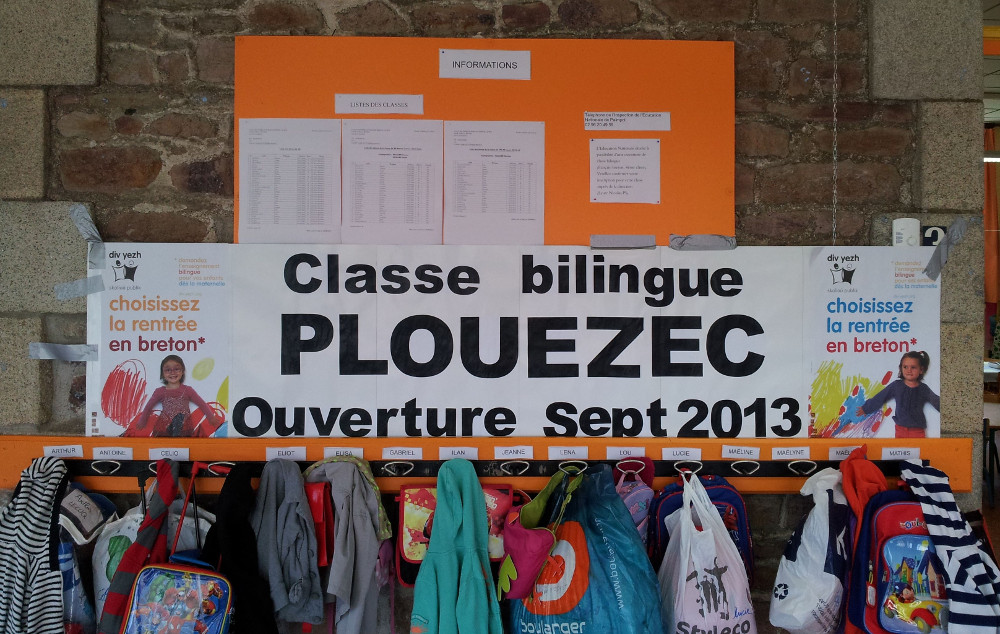Occasional initiatives led by associations for Breton language education have been implemented over approximately two centuries (Laouenan, Gaidoz, Ar Falz, etc...). However, establishing the Breton language in formal education only became a greater and particularly strained issue for language activists once formal education was generalised in France between the 1880s and 1950s. Indeed, French became the only teaching language as a forceful ban on the use of Breton was brought in (recollections of pupils being punished or having to wear the "symbol"). From the 1950s, the Breton language was allowed to be taught in schools, and for the next four decades, multiple initiatives emerged : the Deixonne law (1951), introduced non-compulsory Breton lessons in lower and higher secondary schools (and for the baccalaureate state exam), the Diwan organisation (1977) introduced Breton medium education; the Savary ministerial letter (1982) allowed bilingual curriculums in state and catholic schools (1990), a Breton language university degree and a teacher training programme was established (1985)
At the present time the number of schools offering some Breton language acquisition is rising. However, it has not reached the expected numbers established by the Breton Regional Council's language policy. There are approximately 17 800 pupils enrolled in a bilingual curriculum, and around 15 000 pupils benefit from language taster sessions in primary schools or as a language subject in secondary education (about 3% of pupils in the Administrative Region of Brittany). Approximately 29 million euros are dedicated to Breton education (about 80% by the French Education Ministry) and there are 700 teachers. Breton language education faces some current challenges due to the sociolinguistic situation. The pool of teachers is low and cannot meet the high social demand; language practices outside of the classroom and school do not allow pupils to use the language in multiple contexts; the type of language transmitted and used.


